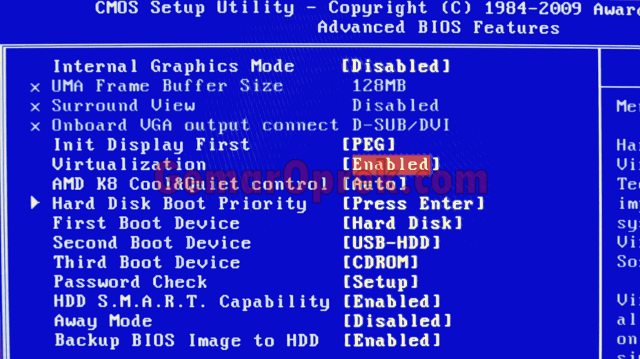

GREP VMX PROC CPUINFO FULL
The full listing is in the kernel source, in the file arch/x86/include/asm/cpufeatures.h. Most of the other features are only of interest to compiler or kernel authors.

Rpm: However assuming you know what you are doing.
GREP VMX PROC CPUINFO INSTALL
Rpm: RPM should not be used directly install RPM packages, use Alien instead! # echo "%_dbpath /var/lib/rpm" > /etc/rpm/macros.dbpath In the sample below, the target chroot is /srv/centos. But since we call yum4 from outside the chroot, we need to make some temporary changes. Root 164 0.0 0.0 5416 2128 pts/1 Ss+ 01:49 0:00 /sbin/agetty -o -p - \u -noclear procedure requires using rpm to extract an initial set of files, including notably yum configuration files, and then calling yum4 to extract the remaining set of packages. USER PID %CPU %MEM VSZ RSS TTY STAT START TIME COMMAND Individual files in /usr/share/doc/*/copyright.ĭebian GNU/Linux comes with ABSOLUTELY NO WARRANTY, to the extent The exact distribution terms for each program are described in the

GREP VMX PROC CPUINFO SOFTWARE
The programs included with the Debian GNU/Linux system are free software Type to exit the console, to enter Ctrl+a itself We can set one running lxc-attach -n testlxc passwd if we want. In LXC releases following 2.0.8, root passwords are not set by default. Note also that Xen is so far incompatible with a large part of ACPI power management, which precludes suspending the host (dom0) system.

This will of course involve the standard inconvenience incurred when hibernating a laptop computer, for instance in particular, if the domU is suspended for too long, network connections may expire. If a domU was running when the dom0 is shut down, the packaged scripts automatically save the domU, and restore it on the next boot. When restored (or unpaused, for that matter), a domU doesn't even notice anything beyond the passage of time. It may be interesting to consider the xl save and xl restore commands: saving a domU frees the resources that were previously used by this domU, including RAM. Note that even though a paused domU does not use any processor power, its allocated memory is still in use. For instance, a domU can be temporarily paused then resumed, with the xl pause and xl unpause commands. However, its virtual machine status allows some extra features. Once the domU is up, it can be used just like any other server (since it is a GNU/Linux system after all).


 0 kommentar(er)
0 kommentar(er)
